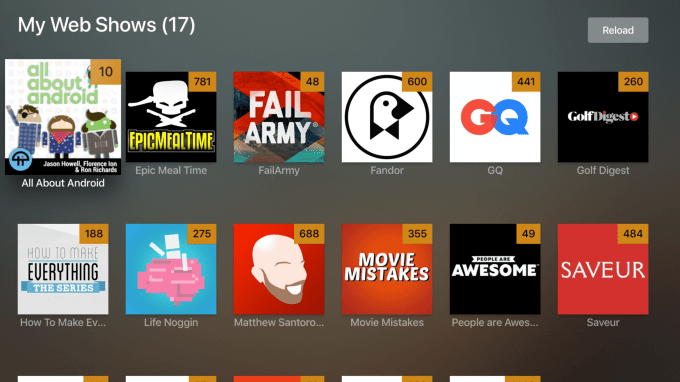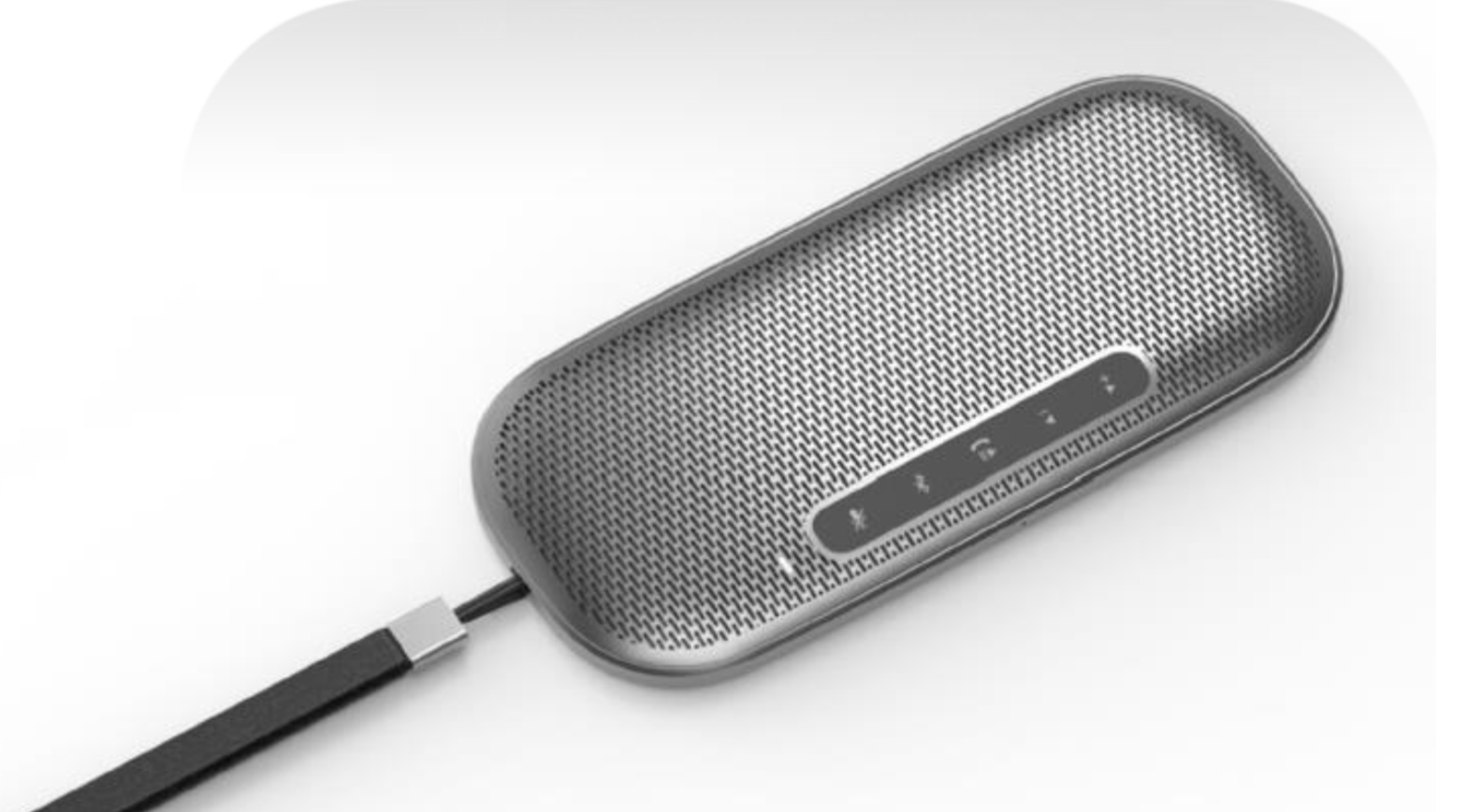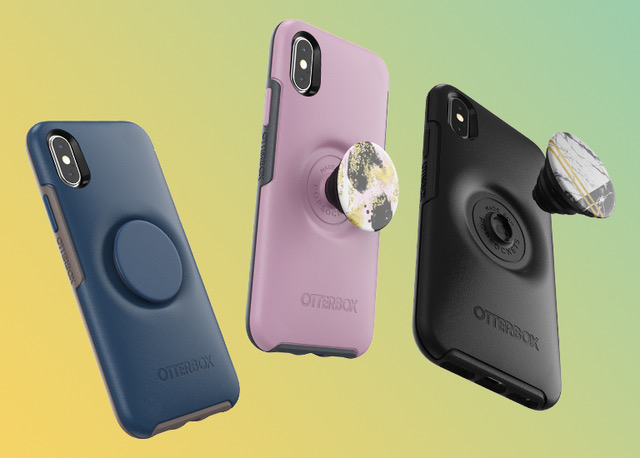Media software maker Plex is preparing to take on The Roku Channel and Amazon Prime Video Channels, possibly as soon as this year. The company is in discussions with rights holders and content providers, with a focus on bringing free, ad-supported movies to the Plex platform – similar to how The Roku Channel got its start. It’s also talking to premium networks and content providers about offering their programming and subscriptions through Plex.
The talks follow the company’s recent partnership with music service TIDAL.
By working with TIDAL to sell bundled subscriptions to its streaming music service along with the Plex Pass subscription, Plex had to build certain transactional capabilities into its platform that it didn’t have before. That has paved the way for Plex to expand its subscription offerings to include new partners in the future.
“Now we have the ability to sell other services and bundles,” noted Plex co-founder and Chief Product Officer, Scott Olechowski, in a discussion this week at the Consumer Electronics Show in Las Vegas. “We’re bundling a Plex Pass with TIDAL. That took a little bit of backend work,” he continued. “You can imagine a bunch of different premium [content] that comes together in a single or multiple bundles, potentially.”
In Plex, content is organized not by source but by type – like music, movies, TV, etc. So when Plex rolls out premium content and subscriptions, it would show its users what sort of movies they have access to based on their subscriptions within the app’s movies tab. The same goes for TV and so on.
Premium content is only one area of interest for Plex going forward. It’s also looking to offer ad-supported content – like ad-supported movies.
As Plex expanded beyond organizing personal media collections to offer access other media – like podcasts, news, and web series, for example – it built out its ad tech platform, too. Today, Plex serves ads in its streaming news and web series, and is now capable of doing so for ad-supported movies.
“We have the ad integration that we didn’t have before. That wasn’t there a year and a half ago,” Olechowski pointed out.

“I think, from a commerce perspective, we’ll have ad-supported, we’ll have free obviously, and we’ll have subscriptions. And I think we would like this year to launch transaction [capabilities] as well, just as an option for certain types of content,” he said.
Plex isn’t ready to launch these new offerings yet, to be clear. It needs to work on the DRM portion and the transactional components for one-off purchases before it’s able to finalize deals with content providers or launch features for the Plex user base.
However, that could be coming as soon as this year, Plex believes.
“We have a bunch of conversations that make it potentially possible in 2019,” Olechowski said.
Beyond the technical considerations, there are also larger issues Plex needs to figure out before these products would launch to users – like which deals make sense for Plex, how will the offerings be bundled together, how the economics will work, and more.
“Now, it’s really a question of what’s the right order of battle, given the conversations we’re having with content providers who are all super excited about getting content into Plex,” added Plex CEO Keith Valory. “We can’t do it all at once,” he said.
While Plex doesn’t have deals to announce at this time, it’s confident it will get them done.
“The market is heading in this direction,” said Valory. “People realize there are too many services, too many silos. There’s just too much. It’s just madness. So if there’s a way to get in front of these users – and do it in a way that they love it – they want to be part of that,” he said.



